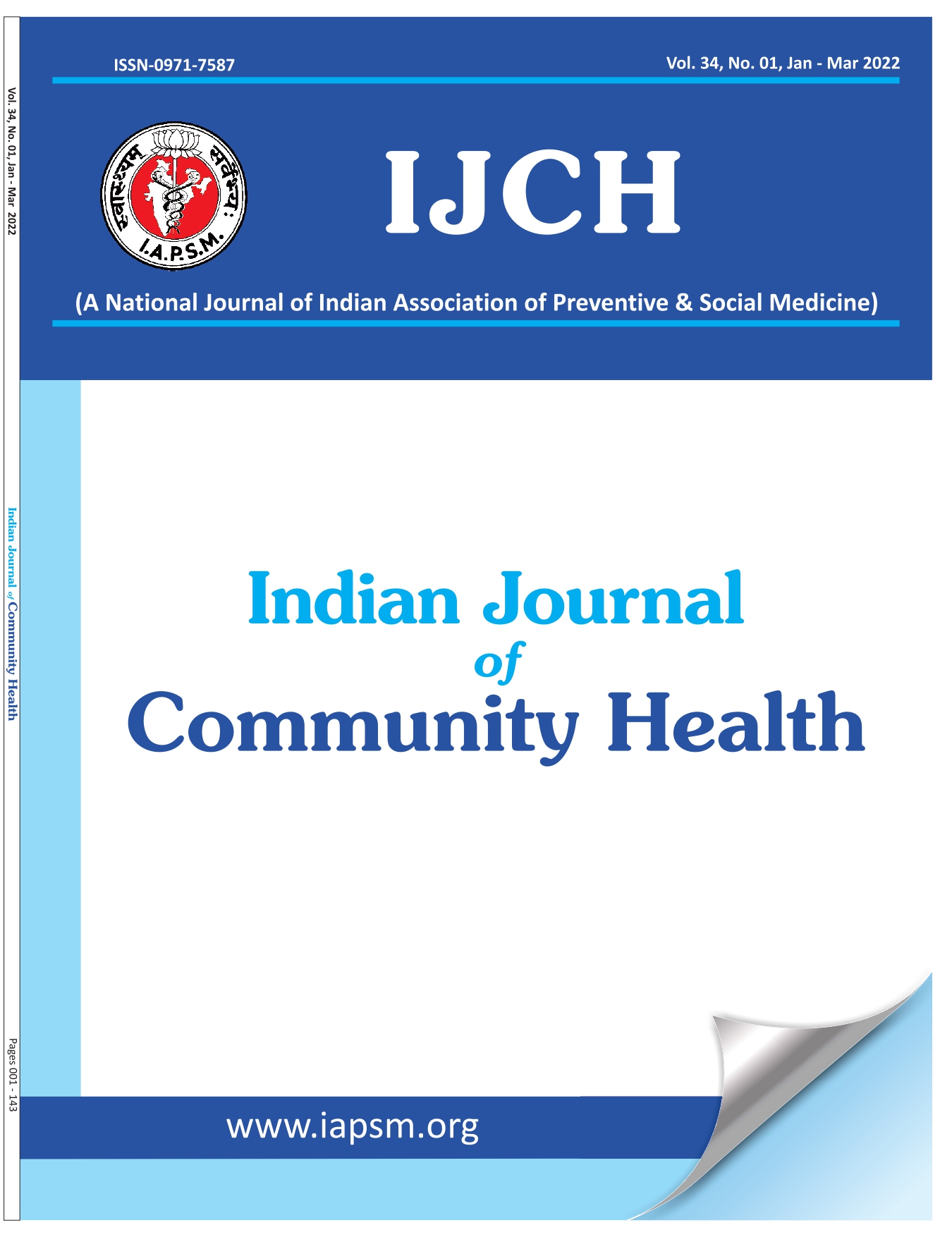A review of current strategy for rabies prevention and control in the developing world
DOI:
https://doi.org/10.47203/IJCH.2017.v29i01.003Abstract
The control of Rabies, a zoonotic viral disease is a major public challenge in several developing countries. Current approaches for rabies control are overwhelmingly directed towards provision of effective post exposure prophylaxis (PEP) to animal bite victims. The enormous costs involved in rabies prophylaxis is an important factor precluding its universal application in all animal bite victims especially in those residing in resource constrained settings. The intradermal route of administration has been shown to be cost effective except in peripheral regions with fewer animal bite cases. Nevertheless, rabies control program with their expected emphasis on human rabies prophylaxis have neglected canine vaccination. The feasibility of canine rabies vaccination depends primarily upon allocation of resources through political commitment and effective public private partnerships. However, in large parts of the world including India formal dog ownership constitutes a small minority of the overall canine population while state funded canine vaccination drives often fail to impress policy makers who struggle to maintain budgets for adequate coverage of rabies PEP for animal bite victims. The key to rabies control may therefore rest upon a one health approach with development of newer vaccine technology which is cost effective for vaccination in both, man and animal.
Downloads
Downloads
Published
How to Cite
License
Copyright (c) 2017 Indian Journal of Community Health

This work is licensed under a Creative Commons Attribution-NonCommercial-NoDerivatives 4.0 International License.





